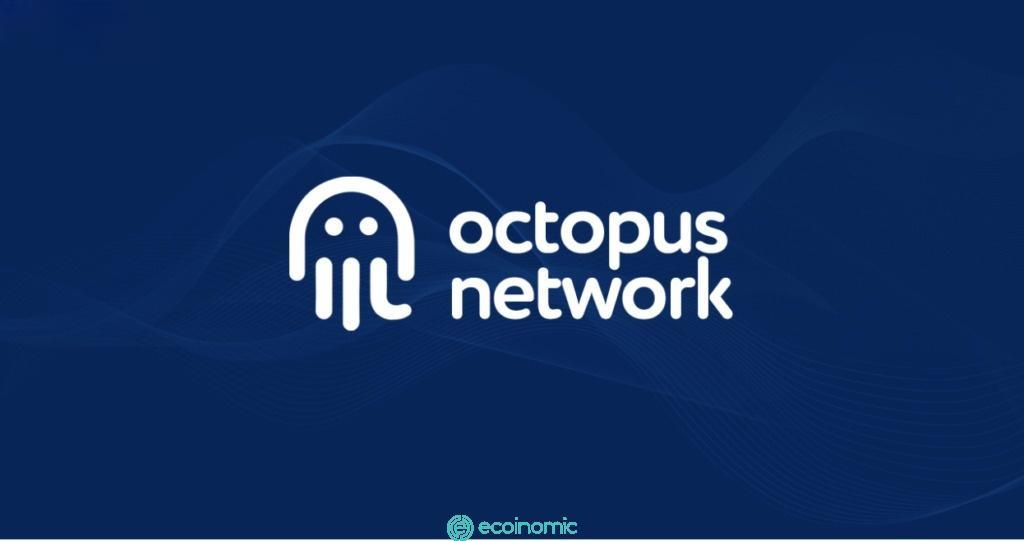Advertisement
Ethereum’s The Merge event took place on Thursday, September 15, 2022. The Ethereum blockchain discontinued the energy-intensive consensus mechanism known as Proof-of-work (PoW) for a more secure and sustainable consensus mechanism called Proof-Of-Stake (PoS).
This is considered the most important event of the Ethereum blockchain, The Merge has guided Ethereum to become the most powerful, most used, neutral, and most energy-efficient blockchain network globally.
More than 120 developers from around the world, connected only by Wi-Fi signals and with a passion for developing what they believe is the future of the Internet, have come together to design and implement Ethereum Merge. Their effort is to develop the so-called largest decarbonization process in any industry in history, providing an ideal model that future social and industrial revolutions can adopt.
Diversity and openness on the blockchain
A characteristic that runs throughout the Ethereum ecosystem is its diversity and scalability. After The Merge, Ethereum laid the foundation for a successful transition from a monolithic blockchain to a more modular blockchain, combining several execution layer clients, consensus layer clients, and a layer 2 network. This robust architecture ensures a healthy and scalable network and rewards for participation are distributed more equitably.
PoS not only democratizes network participation by requiring lower resource requirements for validator Nodes but it is also built so that it is more economical when the network operates under the PoW mechanism. While there will still be players with more nodes, running one node will be less expensive and each node will have the same chance of receiving rewards.
In addition to a very diverse system, technical barriers to scalability are also removed. Unlike PoW, with PoS, Ethereum can partition data efficiently, approaching the scale and throughput that developers expect from databases or cloud services. This makes Ethereum participants more egalitarian and the blockchain more mature to support the next generation of web3 builders and developers.
A greener Ethereum
For the first time in history, Ethereum scale technology was built to reduce emissions through innovation and redesign, not through carbon credit offsets.

Ethereum has, in the past, sacrificed sustainability and scalability to ensure security mechanisms. This trade-off is in contrast to the level of acceptance of the chain. However, with the transition to PoS, Ethereum has become an environmentally friendly network, reducing the network’s electricity consumption and carbon footprint by more than 99,988% and 99,992%, respectively.
With Ethereum being more sustainable, artists no longer need to face the energy use of PoW systems or even offset their NFTs with carbon credits. Ethereum is currently the “most sustainable home” for the development of the NFT revolution.
An improved security model to protect blockchains
51% attacks on a PoS network are a lot more expensive than on a PoW network. For example, if someone performs a 51% attack on a PoW network, these attacks can be continued even after a soft fork.
But in Ethereum PoW, the inclusion of code is called “slashing”, when the validator is caught acting in a destructive nature, it is forced to exit and the attacker will be fined some or all of the money. As a result, the attacker is forced to incur a financial loss when attacking the network.
The future of Ethereum
Ethereum promises to empower the individual by allowing any individual, business, or government to reliably run validators, build applications, or self-orchestrate; it allows participants to have a sense of ownership, confidence, and trust, which are hard to come by in systems that are widely adopted in today’s society.
The Merge strongly signals that Ethereum strives to create sustainable value without sacrificing security, energy efficiency, and democratized access. Here are 7 typical Ethereum developers among hundreds of developers from all over the world.
These people have worked voluntarily to improve the public good and can inspire other industries.
- Ben Edgington advises on Eth2 on ConsenSys. Teku’s current product owner, an Ethereum 2.0 customer primarily designed for businesses and manufacturing organizations, Ben was head of engineering for information systems at Hitachi Europe before joining ConsenSys. He has a B.A. (Hons), M.A., M.Sc., and M.Maths from the University of Cambridge.
- Hsiao-Wei Wang has been working on the Ethereum consensus protocol R&D at the Ethereum Foundation Research Group since mid-2017. Her contributions to The Merge include consensus research, specifications, and meme development.
- Lion Dapplion has been involved in Ethereum since early 2018, building open-source software at the infrastructure layer with DAppNode. His contribution to The Merge is leading Lodestar consensus client Typescript and promoting lighter clients at the consensus layer, along with other standardization initiatives.
- Marius van der Wijden is a software developer working with the Ethereum Foundation on go-Ethereum since 2020. Prior to that, he worked on scalable solutions for blockchains. He wrote parts of the implementation of The Merge in go-Ethereum and acted in coordinating the testing efforts. He also tried to get the community involved with the #TestingTheMerge initiative.
- Mikhail Kalinin has been working full-time on Ethereum since 2015, initially as a core developer on a Mainnet client, and for the last three years in Ethereum research and development. He leads the TXRX research team at ConsenSys. Developing and distributing The Merge on the Ethereum mainnet has been his main focus for the past two years. He is currently looking for a new area of Ethereum protocol development.
- Parithosh Jayanth hails from Bangalore, India, and moved to Germany in 2016. He joined the Ethereum Foundation in 2020, aspiring to shape Ethereum upgrades because he was intrigued by its research challenges. He is responsible for setting up, coordinating, and debugging test networks.
- Terence Tsao of Prysmatic Labs works on Prysm, a consensus layer client implementation written in Go. He was one of the previous implementers for Merge who started experimenting with consensus class code and executable API so that it could drive consensus for executable class clients.
See also: Analyst thinks Bitcoin, Ethereum and Chainlink will have a short-term bull run
















